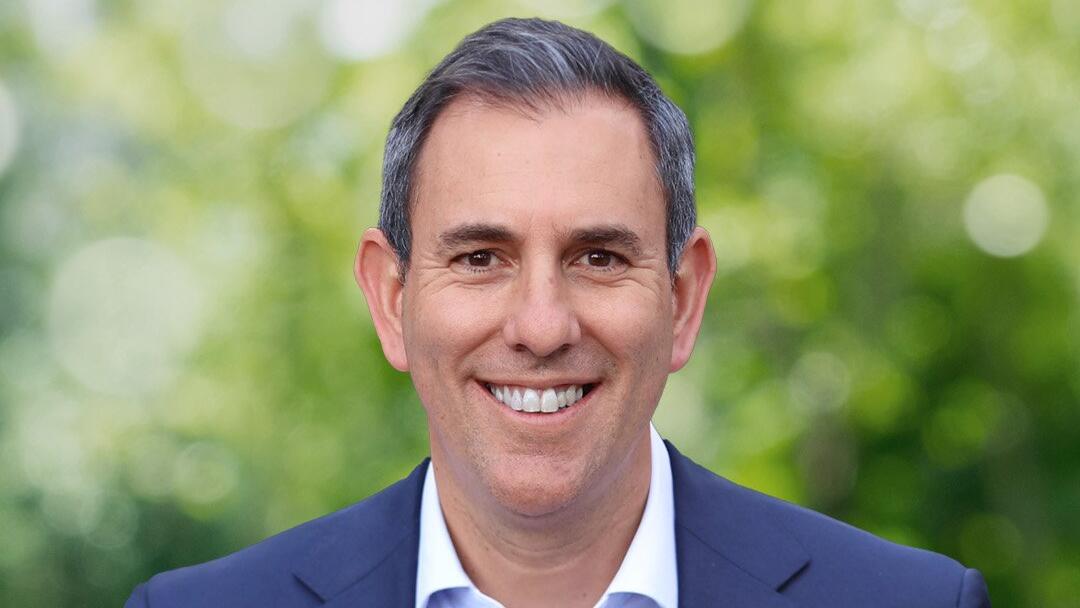Despite being adamant not so long ago that wild horses couldn’t stop it from proceeding with its proposed $3 million superannuation tax measures as is, Treasury has - in the wake of mounting public opposition – backed down on its contentious superannuation tax plans, originally dubbed Division 296.
Lurking within a press conference by Treasurer Jim Chalmers yesterday, including several major superannuation tax changes, were plans for superannuation tax provisions to at very least be delayed until July 2026.
With one eye on the longevity of the Labor Party's position of power, Albanese may have chosen to make a captain’s call on Chalmers' more ambitious tax proposal.
Unless you’ve been in cryogenic storage over the last year, you’ll know that Treasury has been hell bent on applying a new tax of 15% to [super fund] earnings on amounts above $3 million.
The other major salvo within these tax measures, equally unpalatable to the market, was the unintended consequences of the super tax being applied to unrealised capital gains.
The proposed hiatus to these now revised tax measures allows for further consultation, with many sectors – none the least being mining and self-managed super fund investors (SMSF) - having already vocalised major opposition to Treasury’s tax-related tinkering with super.
No to unrealised gains – yes to indexing
In addition to applying the proposed tax to unrealised capital gains, the government also faced significant criticism over revelations that the planned $3 million super tax was not going to be indexed.
While the government is planning to proceed with a doubling of the concessional tax rate on superannuation balances between $3 million and $10 million, from 15% to 30%, cabinet has severely pruned other more contentious elements within other elements of the policy first announced in 2023.
For starters, to realign it with other income tax treatment, the proposed legislation will now only be applied to realised earnings, backflipping on taxing unrealised gains, while indexing is also now on the drawing board.
Treasury is also now proposing a second tax threshold, with balances of $10 million and over to be taxed at 40%.
"This is still a concessional tax arrangement but it is better targeted," the Treasurer said, noting it will only impact about 8000 Australians.
"While the government is reducing superannuation concessions for Australians with high balances, the tax paid on superannuation earnings, even for those in excess of $10 million, will remain concessional compared to individual tax rates."
Both thresholds will be indexed to CPI
Any balances between $3 million and $10 million will be taxed at 30%, which, based on Chalmers' numbers, would only impact around 90,000 people.
The $3 million threshold will occur in increments of $150,000, as with the Transfer Balance Cap.
For the $10 million threshold, this will be in $500,000 increments.
On an encouraging note, the Treasury made it clear that the changes will not widen the catchment of anyone the tax was already targeting.
Super fund bosses appear encouraged that indexing of the Division 296 proposal and taxing of realised gains will ensure the system remains fit for purpose for future generations of Australian workers.
"The policy now reflects a more targeted and balanced approach to superannuation taxation that ensures high earners contribute fairly, while delivering meaningful relief to low-income Australians,’ noted Hostplus CEO David Elia.
Other provisions
Treasury expects the changes to Division 296 to be introduced as soon as possible in 2026.
Meantime, the Low Income Superannuation Tax Offset (LISTO), which increases from $37,000 to $45,000 from 1 July 2027, means the maximum payment will also increase to $810 from $500.
"These changes will make sure LISTO achieves its policy intent of providing low income workers a tax concession on their superannuation contributions to support income in retirement," Treasury said.
Women in Super (WIS) believes yesterday’s announcement goes some way to correcting previous injustices by ensuring that Australia's lowest-paid workers receive the same fair tax treatment on their retirement savings as everyone else,” said the national advocacy and networking group.
WIS also claims that low-income workers – most of whom are women - have been short-changed by $3 billion since 2020.
"For women in the lowest income brackets, the change could mean up to $60,000 more in their super balance at retirement,” Women in Super said.
Echoing a similar sentiment, Super Members Council CEO Misha Schubert said that by boosting LISTO, the government will make a big difference to the retirement of more than a million of Australia's lowest-paid workers.
Objections heard
Former Labor Treasurer, Paul Keating – often dubbed the architect of Australia’s superannuation system and a public critic of Chalmers’ original proposal – described yesterday’s revised plan as a “huge policy achievement”.
“It is reform of a kind that shares substance with necessity. Necessity that every government since 2007 has conveniently overlooked or simply regarded as too difficult,” he said.
While the original proposal was expected to raise $2.7 billion in its first full year, the revised plan will instead raise $1.6 billion in its first year in 2028-29 - including the $435 million cost of the low-income superannuation tax offset over the forward estimates.
One of the dissenters to taxing unrealised gains was self-managed super fund (SMSF) operators, who claimed some people with big holdings in illiquid assets could be forced to sell up in order to raise the cash to cover the change in the notional value of their balances.
Don’t choke mining exploration
SMSFs aside, Chalmers’ ambitious tax proposal also fell foul of Australia’s mining sector, which feared the super tax on earnings from high-value fund balances would end up strangling investment flows into future mining exploration.
What appeared to have fallen off Treasury’s initial projections is the long-term impact of mining exploration projects that rely heavily on speculative investors playing in this classic penny-hopeful sand pit.
It’s understood that small explorers undertake 66% of the mineral exploration and comprise 75% of all mineral discoveries that go on to become new mines in Australia.
Warren Pearce from the Association of Mining and Exploration (AMEC) recently reminded Treasury how much the gestation period, from explorer to mining producer, relies on capital raising from a tight cluster of speculative retail investors, many of whom invest via SMSFs.
It appears that the government has finally listened and responded in kind.
Removing the tax on unrealised gains means investors won’t be punished for taking that initial punt on penny-hopefuls regardless of whether there’s a payday or not.



